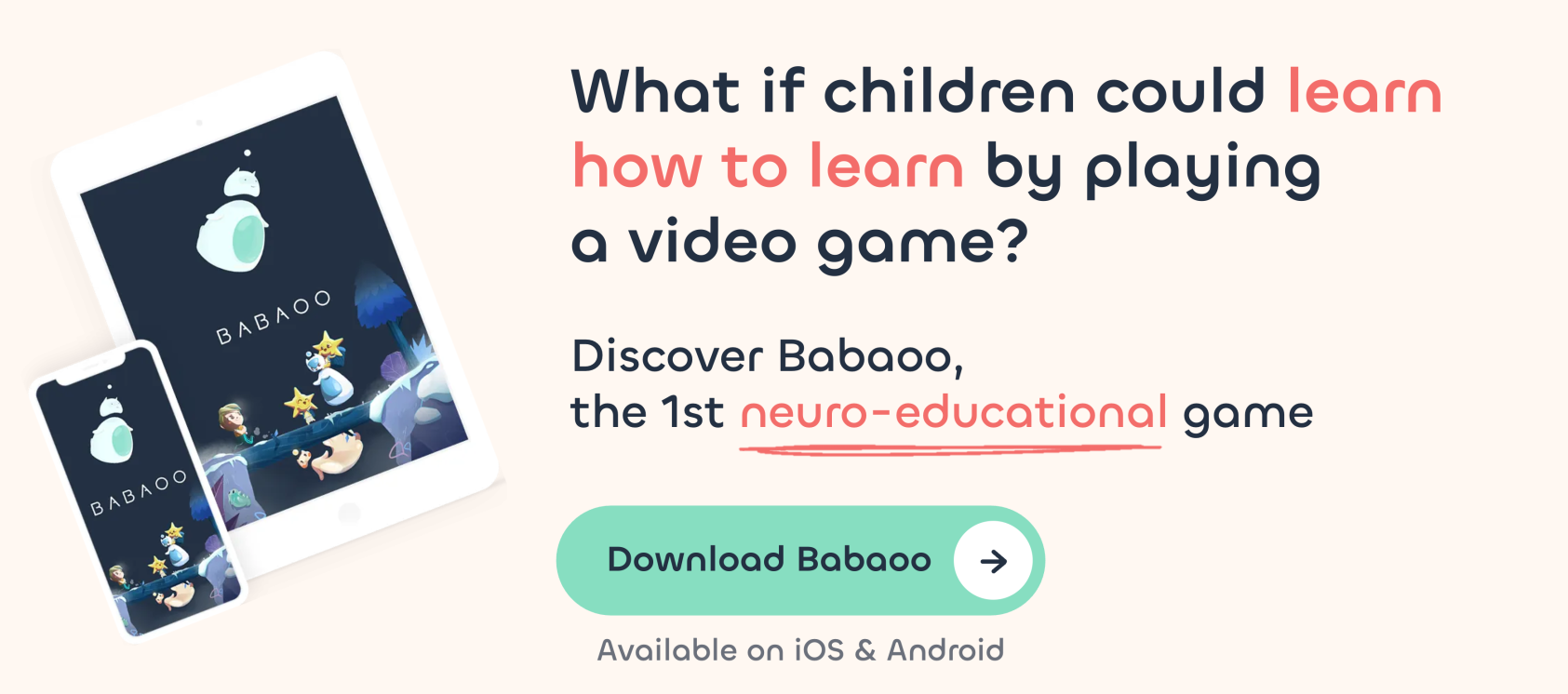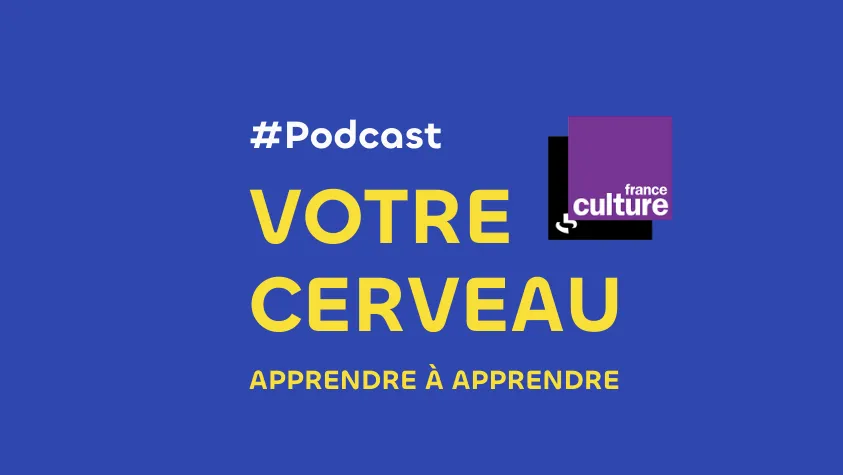
Focus on explicit teaching

What is explicit teaching?
Explicit teaching is an approach that involves clearly explaining the learning objective that students need to achieve and the way they can proceed to get there, detailing the steps and methods to be followed.
If we were to make a comparison to illustrate this, the pedagogical approach of explicit teaching would associate the role of the teacher with that of a swimming coach. It’s hard to imagine him throwing his pupils into the pool and expecting them to learn to swim on their own! Instead, he would break down each movement, provide targeted exercises and give immediate feedback to enable his apprentice swimmers to refine their technique.
In the classroom, the principle is to make the learning objectives and process as explicit and structured as possible, guiding students step by step until they are able to solve the problem on their own.
Theorized in pedagogy by Siegfried Engelmann in the 1960s, explicitation enables students to better focus their attention on the objectives and approach aimed at building a skill, and thus better assimilate them.
✏ Note : by breaking down the resolution approach, we unpack the various successive tasks performed by the Brain. Explicit teaching therefore participates in strengthening Metacognition!
The 5 stages of explicit teaching
- Introduction of the concept: present the new skill in simple terms, and announce the lesson objectives.
- Modeling: demonstrate the skill, show how to do it.
- Shared guidance: work together on concrete examples.
- Independent practice: letting students try things out for themselves, but remaining present to help if necessary.
- Feedback: give constructive feedback for future exercises.
Babaoo’Tip💡
Don’t forget feedback, it’s the fertilizer that makes skill grow!
An example to better understand
Let’s take the fairly general theme of protecting the environment. To get into the subject with the explicit approach, the teacher would explain why and how to recycle, for example:
- Introduction to the concept and clarification of objectives: the teacher explains what recycling is and why it’s important. A short video or pictures show what happens to recycled and non-recycled waste.
- Modeling: then, the teacher brings in various types of waste (paper, plastic, metal) and sorts each item into the correct recycling bin in front of the class.
- Guidance shared: now it’s time for action! Children take it in turns to sort waste under the teacher’s watchful eye. The “game” format makes this step fun and therefore engaging.
- Independent practice: each child receives a bag of mixed waste and a set of miniature recycling bins. They sort the waste into appropriate bins, unaided.
- Feedback: the teacher then organizes a round-table discussion to examine the sorting done by each child, highlights the steps that lead to good results, and accompanies mistakes.
- Real-life application: the class organizes an outing to visit a recycling center or takes part in a clean-up action in a natural area to further anchor the concept.
✏ Note : according to a study by the French National Education scientific committee, explicit teaching is particularly effective for learning a new skill step by step when you’re a “novice”, and facilitating its assimilation.
Is explicit teaching suitable for all children?
The question deserves special attention because every child has a different sensitivity to teaching methods.
For whom does it work particularly well?
- Children with learning difficulties: this teaching style offers a clear framework and detailed instructions that help these children grasp concepts better.
- Lovers of structure: some children like to know exactly what to expect. They find comfort and confidence in predictability.
- Children with difficulty managing distractions: structure and steps help focus attention where it’s needed.
But there are exceptions…
- Born explorers: some children like to dive into the deep end of the unknown and discover things for themselves. Too much structure can frustrate them.
- Those who learn best through social interaction: explicit teaching can sometimes be lonely during phases of independent practice.
Explicit teaching is not a “one-size-fits-all solution”. It is advisable to combine it with other teaching methods to achieve a more balanced approach. For example, explicit teaching can be used for math, but opt for a freer method for subjects such as art or literature.
How to implement explicit teaching
- Planning : know the subject and break it down into steps to follow to better convey it to students.
- Personalization: adapt (if necessary) the independent practice phase to the individual needs of each student.
- Implication: engage students in discussions so they understand why they do what they do.
- Review: incorporate review sessions to reinforce learning.
The Babaoo recap
Explicit teaching confers a “super-GPS” learning role on the teacher. This method comprises structured steps, from modeling to independent practice. It has many advantages, but also disadvantages, such as a possible lack of spontaneity.
Explicit teaching isn’t just about understanding math or French better. Its aim is also to help students “learn how to learn“: how to manage their own progress and develop their ability to reflect on how they learn.
Well-adapted, this approach can be mixed with other forms of teaching for a more complete method. The key is to plan well and adjust according to the children’s needs. 🌟📚
You may also be interested in these articles



